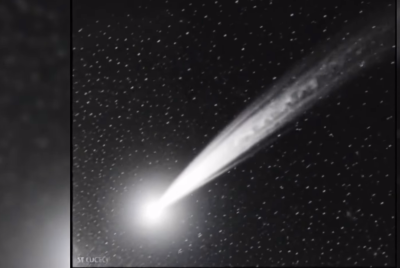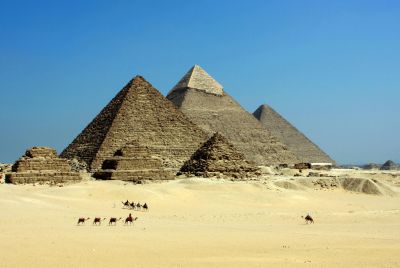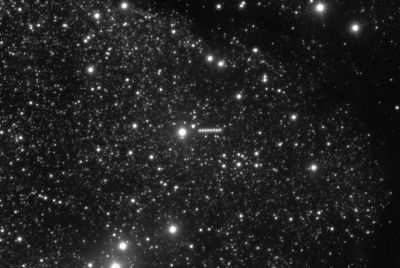Scientists watch a black hole splitting a star in the luckiest observation possible
This is the first observation of its kind.
A NASA Satellite has seen something that scientists have only theorised till date without visual evidence. It saw a black hole breaking a star into shreds.
The phenomenon is called Tidal Disruption (TDE) and was observed by NASA Transiting Exoplanet Survey Satellite (TESS). It used a combination of robotic telescopes from around the world headquartered at Ohio State University, Ohio, United States. This network is called ASAS-IN (All-Sky Automated Survey for Supernovae) and its findings were published in the Astrophysical Journal on Thursday.
"We've been closely monitoring the regions of the sky where TESS is observing with our ASAS-SN telescopes, but we were very lucky with this event in that the patch of the sky where TESS is continuously observing is small, and in that this happened to be one of the brightest TDEs we've seen. Due to the quick ASAS-SN discovery and the incredible TESS data, we were able to see this TDE much earlier than we've seen others—it gives us some new insight into how TDEs form," Patrick Vallely, a co-author of the study and National Science Foundation Graduate Research Fellow at Ohio State University, stated in the findings.
TDE events happen when a star comes too close to a black hole. A number of metrics such as the size of the black hole and the size of the star determine whether a black hole can swallow up or shred a star.
The scientists were able to determine when the event happened and were able to observe it over a few days. The team has now requested telescopes around the world to hold follow up observations.
It is not just good luck but the efficiency of the alert system, which alerted the scientists of the event. The luck part only pertains to it focussing at that part of the space at the given time, so that it was in its line of sight.
TDE occurs once every 10,000-100,000 years in a galaxy the size of the Milky Way. Here's how Chris Kochanek, professor of astronomy at Ohio State University, puts it: "Imagine that you are standing on top of a skyscraper downtown, and you drop a marble off the top, and you are trying to get it to go down a hole in a manhole cover. It's harder than that."
The event was caught early, which is why multiple telescopes could be focussed on it.
The scientists determined that the temperature of the star dropped from 71,500 to 35,500 degree Fahrenheit over a few earthly days. They also stated further that the black hole is a supermassive one – six million times the mass of the sun, while the star is close to the size of the sun. The event took place 375 million light-years away.

© Copyright IBTimes 2025. All rights reserved.





















